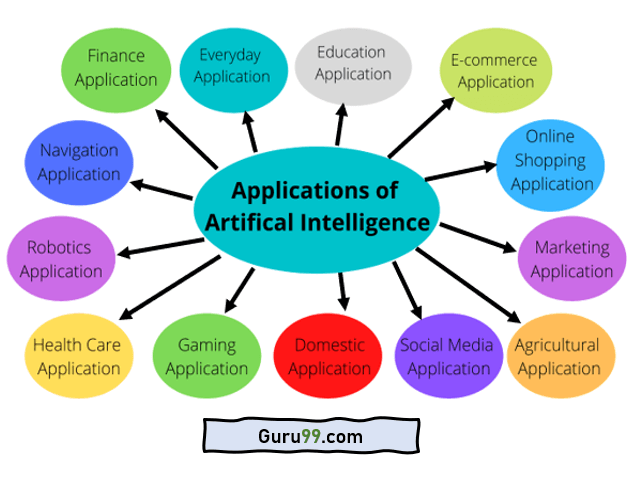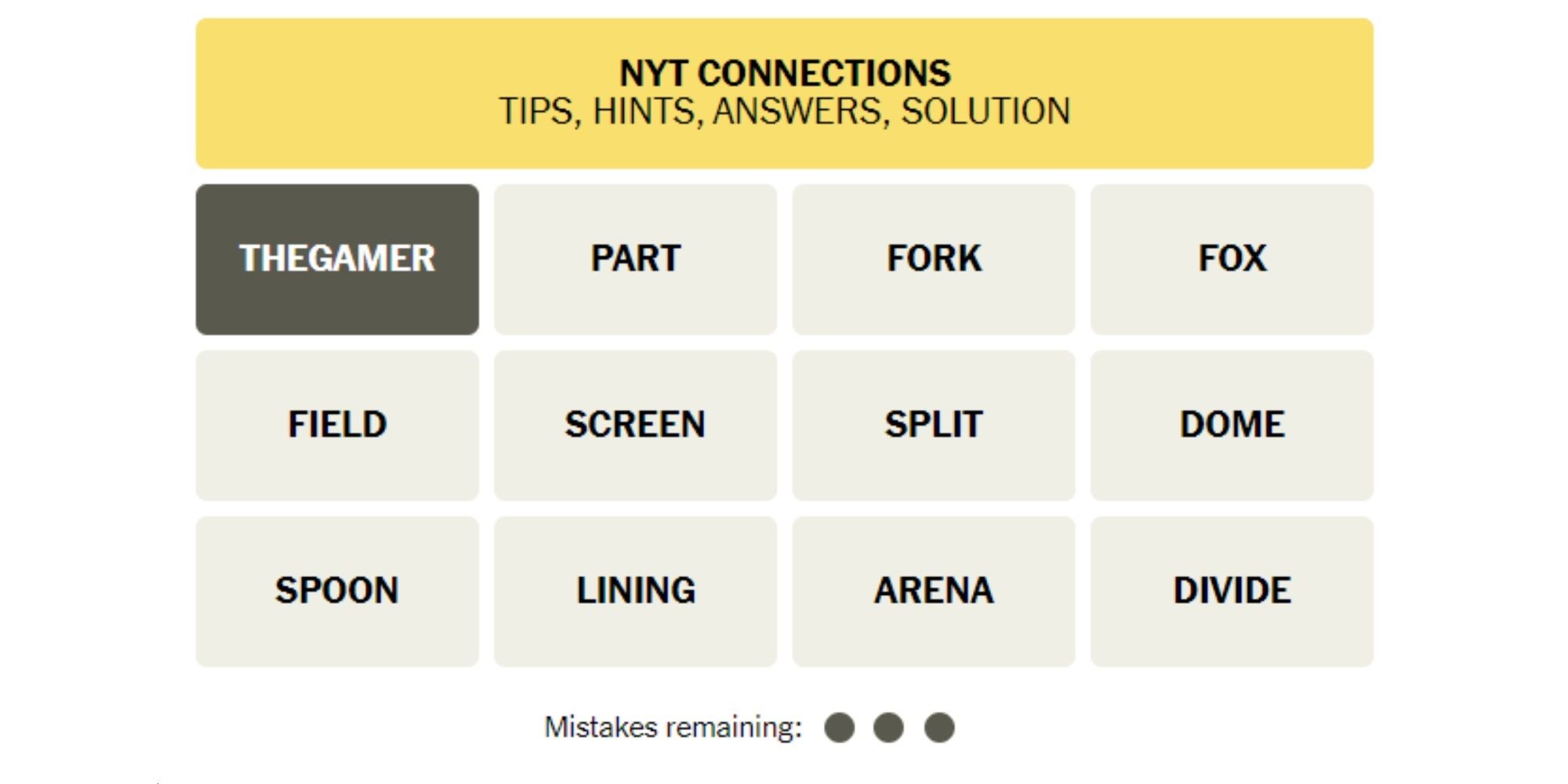Artificial Intelligence: A Look At Its Current Cognitive Abilities

Table of Contents
Natural Language Processing (NLP) and Understanding
Natural Language Processing (NLP) is a branch of AI focused on enabling computers to understand, interpret, and generate human language. This involves complex processes that allow machines to interact with us in a more natural and intuitive way.
Text Comprehension and Generation
AI's ability to comprehend and generate human-like text is rapidly advancing. We see this in applications like chatbots providing customer support, language translation tools bridging communication gaps, and text summarization tools condensing large amounts of information.
- Examples of NLP applications: Google Translate, Siri, Alexa, various chatbot platforms.
- Limitations: While significant progress has been made, accurately interpreting nuanced language, sarcasm, and complex cultural contexts remains a challenge for current NLP models.
- Advancements: Transformer models like BERT (Bidirectional Encoder Representations from Transformers) and GPT-3 (Generative Pre-trained Transformer 3) have significantly improved text comprehension and generation capabilities, exhibiting remarkable fluency and coherence.
Sentiment Analysis and Emotional Intelligence
Beyond simply understanding the literal meaning of text, AI systems are increasingly capable of sentiment analysis – identifying the emotional tone and opinions expressed in text and speech.
- Applications: Marketing research (gauging public reaction to products), customer service (analyzing feedback), social media monitoring (detecting negative sentiment).
- Challenges: Accurately interpreting complex emotions like sarcasm, irony, or subtle shifts in sentiment remains difficult. Context is crucial, and cultural nuances can significantly affect sentiment.
- Ethical Considerations: The use of AI for sentiment analysis raises ethical questions about privacy and potential biases in algorithms. Ensuring transparency and fairness in these systems is paramount.
Computer Vision and Image Recognition
Computer vision, another key area of AI, focuses on enabling computers to "see" and interpret images and videos, much like humans. This involves sophisticated algorithms that can analyze visual data and extract meaningful information.
Object Detection and Classification
AI systems are now proficient at detecting and classifying objects within images and videos. This capability underpins numerous applications.
- Examples: Self-driving cars (identifying pedestrians and traffic signs), medical image analysis (detecting tumors or anomalies), facial recognition systems (used for security and identification).
- Accuracy and Bias: While accuracy rates are high in many applications, potential biases in training data can lead to inaccurate or discriminatory outcomes. Addressing these biases is a critical area of ongoing research.
- Convolutional Neural Networks (CNNs): CNNs are a type of deep learning architecture particularly effective in image recognition tasks. They analyze images by progressively extracting features at different levels of abstraction.
Image Generation and Manipulation
AI is not only capable of understanding images but also of creating and manipulating them. Generative Adversarial Networks (GANs) are a prime example of this capability.
- Examples: Deepfakes (synthetic media where a person's face is replaced with someone else's), AI art generation, image enhancement (upscaling low-resolution images).
- Ethical Concerns: The ability to generate realistic but fake images raises significant ethical concerns, particularly regarding misinformation and the potential for malicious use.
- Limitations: Current image generation technologies still have limitations in creating highly realistic and nuanced images. However, ongoing advancements promise significant improvements in the future.
Reasoning and Problem-Solving
While NLP and computer vision focus on perception, the ability to reason and solve problems is a hallmark of higher-level cognitive abilities. AI is making strides in this area as well.
Game Playing and Strategic Decision-Making
AI's success in complex games like chess and Go demonstrates its remarkable reasoning capabilities. These victories were not achieved through brute force calculation but rather through sophisticated algorithms that learn optimal strategies.
- Examples: AlphaGo (defeated the world champion Go player), Deep Blue (defeated the world chess champion).
- Reinforcement Learning: Reinforcement learning plays a crucial role in AI's strategic decision-making, enabling AI agents to learn through trial and error and optimize their actions based on rewards and penalties.
- Limitations: Current AI systems still struggle with unpredictable or ambiguous situations that require adaptability and common sense reasoning beyond their pre-programmed rules.
Decision Support Systems and Optimization
AI is increasingly used to support decision-making in various fields by optimizing processes and analyzing large datasets to identify patterns and insights.
- Examples: Supply chain management (optimizing logistics and inventory), financial forecasting (predicting market trends), medical diagnosis (analyzing medical images and patient data).
- Human Oversight: While AI can provide valuable insights, human oversight is crucial to ensure ethical and responsible use of these systems. AI should be viewed as a tool to augment human intelligence, not replace it.
- Optimization Techniques: Various AI approaches are employed for optimization, including genetic algorithms (inspired by natural selection) and linear programming (mathematical techniques for resource allocation).
Conclusion
Artificial intelligence has made significant strides in developing cognitive abilities across various domains – from understanding and generating human language to perceiving and manipulating images and solving complex problems. While impressive progress has been made, current AI systems still face limitations, particularly in handling nuanced situations and unpredictable environments. Ongoing research focuses on addressing these challenges, enhancing robustness, and mitigating potential biases. The future of AI promises even more sophisticated cognitive abilities, transforming numerous sectors and shaping our world in profound ways. Stay informed about the breakthroughs in artificial intelligence and its expanding cognitive abilities. Continue your exploration of this rapidly evolving field!

Featured Posts
-
 Harvards Fight For Survival Court Case Against Trump Administration Funding Cuts
Apr 29, 2025
Harvards Fight For Survival Court Case Against Trump Administration Funding Cuts
Apr 29, 2025 -
 La Fires Fuel Landlord Price Gouging A Crisis Of Affordability
Apr 29, 2025
La Fires Fuel Landlord Price Gouging A Crisis Of Affordability
Apr 29, 2025 -
 Nyt Strands Today April 1 2025 Clues Hints And Solutions
Apr 29, 2025
Nyt Strands Today April 1 2025 Clues Hints And Solutions
Apr 29, 2025 -
 Capital Summertime Ball 2025 A Guide To Buying Tickets
Apr 29, 2025
Capital Summertime Ball 2025 A Guide To Buying Tickets
Apr 29, 2025 -
 Put A Finger Down Has Tik Tok Misdiagnosed My Adhd
Apr 29, 2025
Put A Finger Down Has Tik Tok Misdiagnosed My Adhd
Apr 29, 2025
